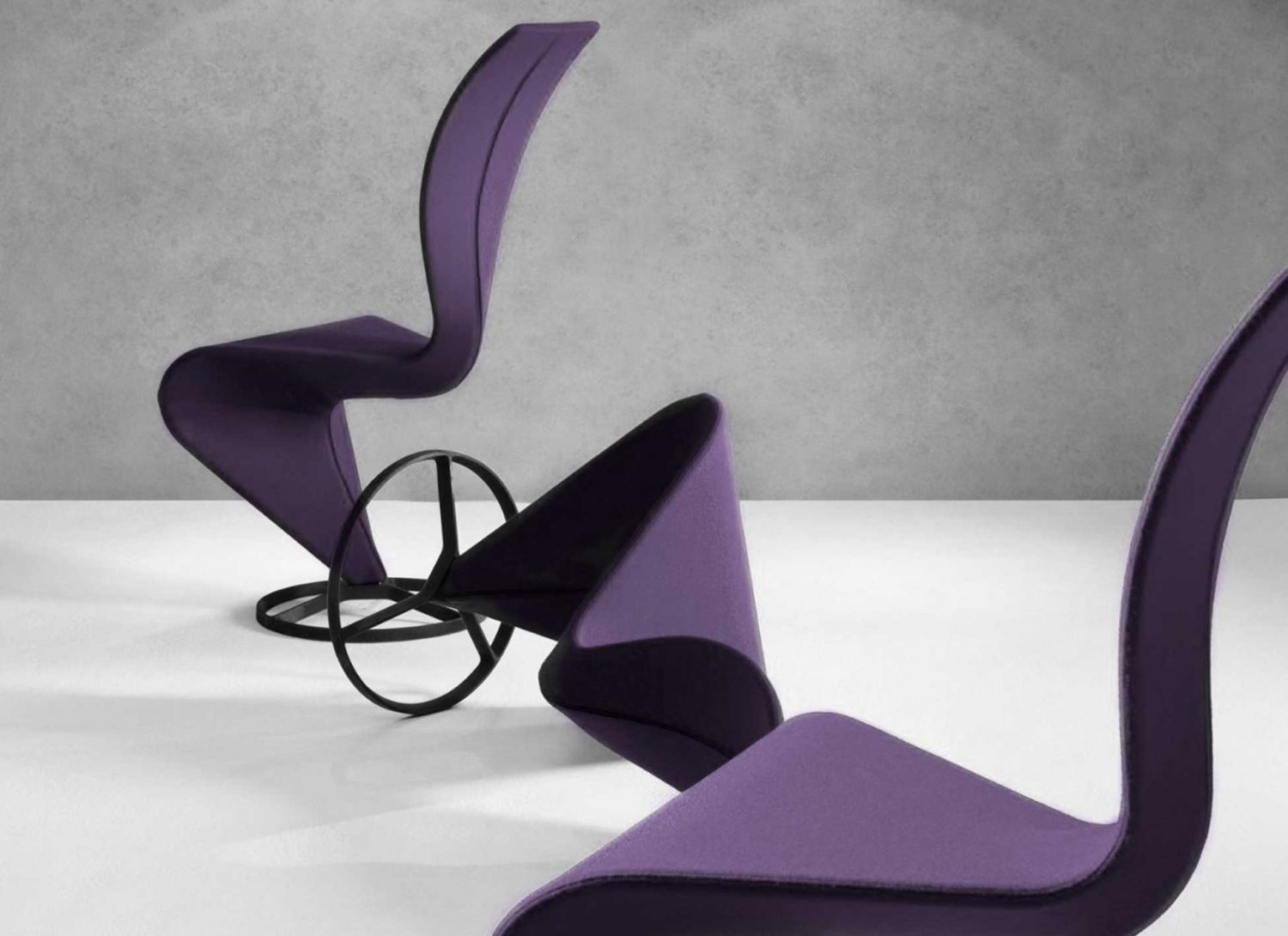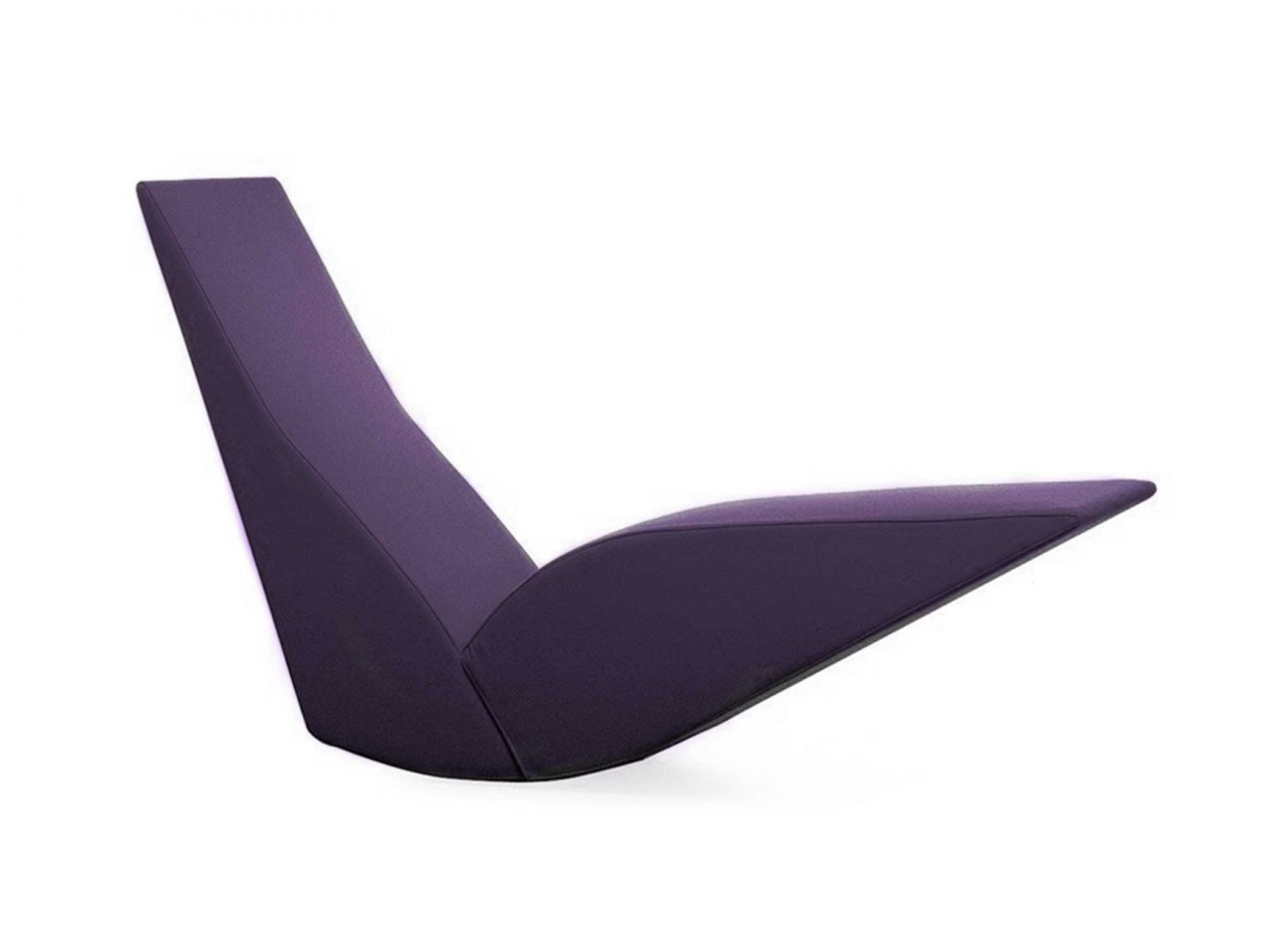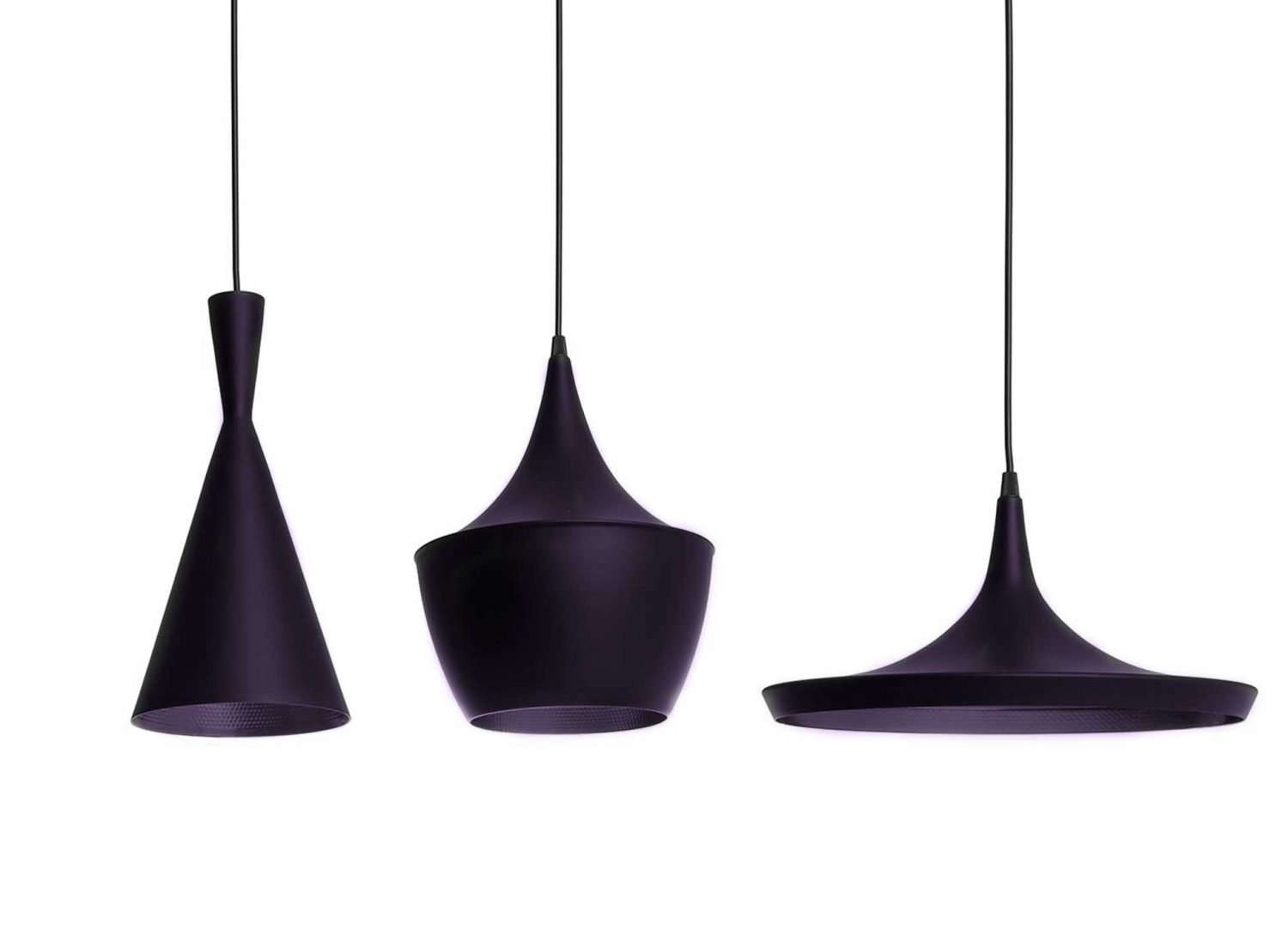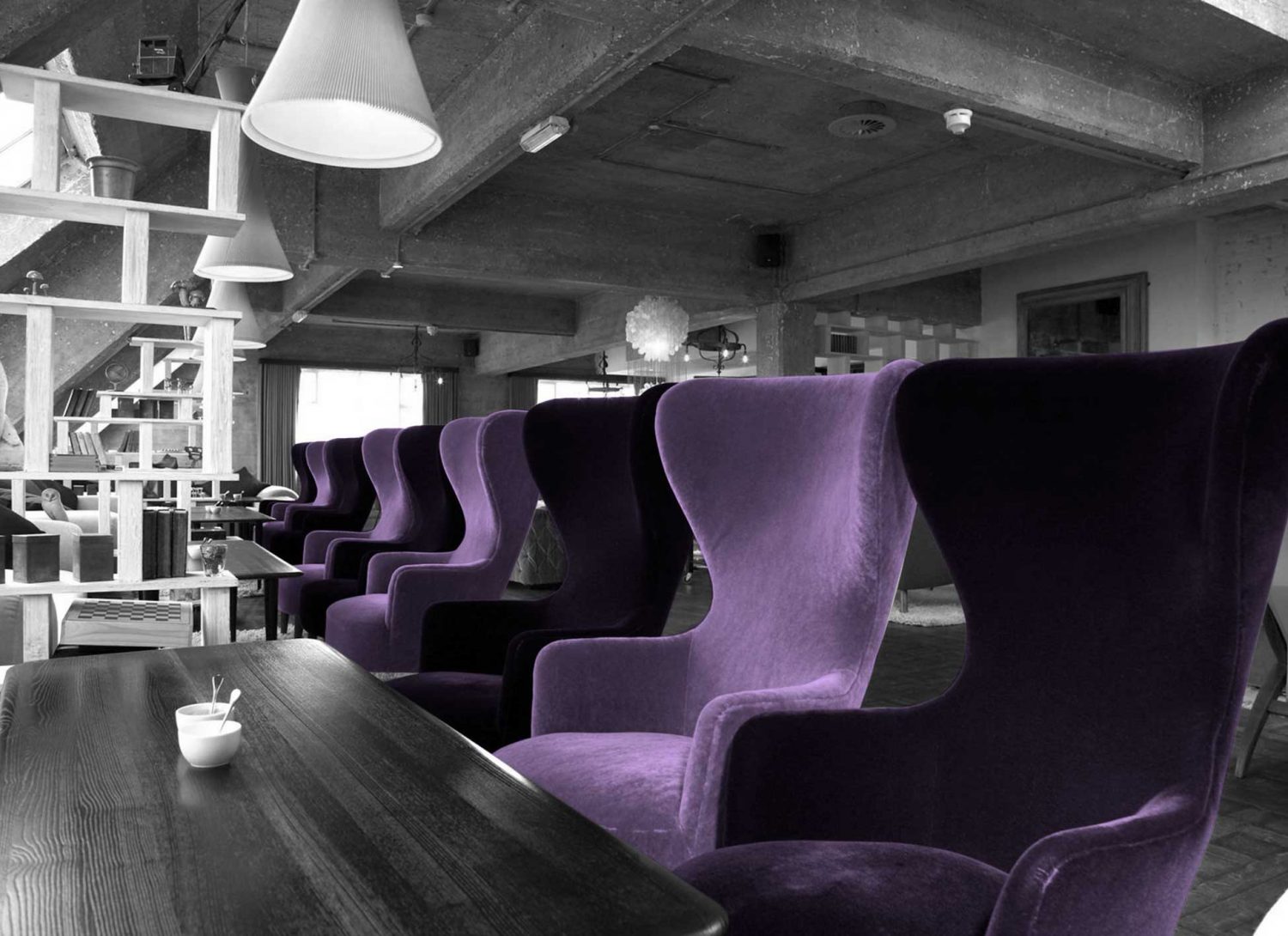INTERIOR
Tom Dixon’s Chairs #Tom Dixon

British designer Tom Dixon became well known in the late eighties because of the success of his elegant S Chair, which combined references to the Third World craftsmanship with the slenderness of the Panton Chair.
However, his first pieces were based on a direct welding work with salvaged metal scraps, according to a post-industrial look that he shared with the first Ron Arad’s or Frank Gehry’s works. Over time, this approach, as far from strict functionalism as from postmodern kitsch, became progressively subtler and smarter, generating chairs such as the Pylon Chair or the Bird Chaise and lamps such as the Beat Light or the Mirror Ball.
I hate labels, they are limiting; people are always anxious to categorize me, but really it depends on what I am making that week; for example if it’s a comfortable chair then I’m a designer, but if it is an uncomfortable piece of scrap metal then I’m an artist.Tom Dixon, Weld of Interiors, 1988
From 1998 to 2008, Tom Dixon was appointed the Creative Director of Habitat, the furniture Brand created by Terence Conran in 1964 that made modern design affordable in the United Kingdom. Under Dixon’s direction, Habitat produced pieces by design masters such as Anna Castelli, Verner Panton, Achille Castiglioni o Robin Day, but also hired young promises such as the Bouroullec Brothers.
In spite of his underground origins, Dixon has designed some of the most luxurious clubs in London. His better-known piece of furniture in recent years is the Wingback Chair, a large upholstered armchair inspired both by Baroque armchairs and 1960s Scandinavian furniture that was originally designed for the exclusive Shoreditch Club in the East End of London.




